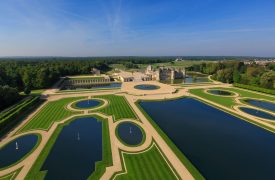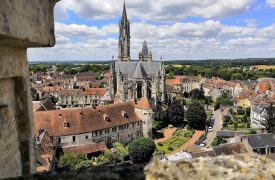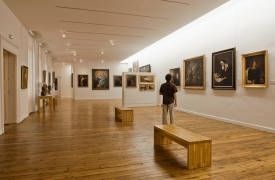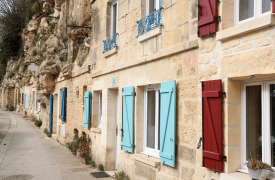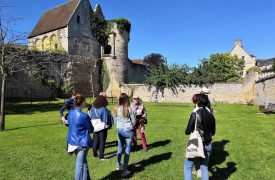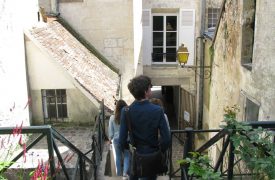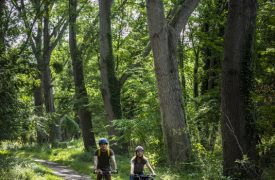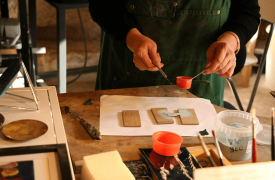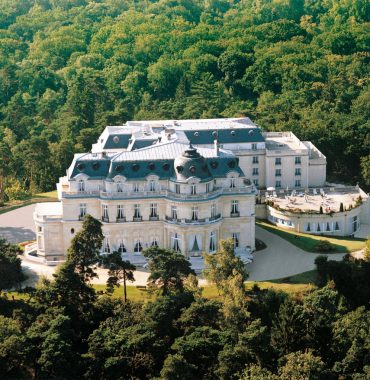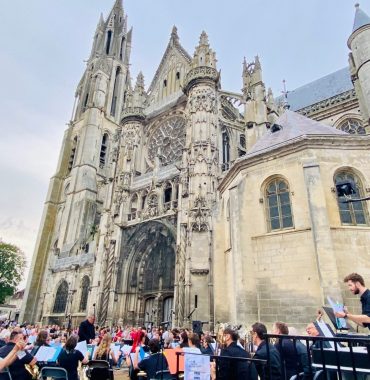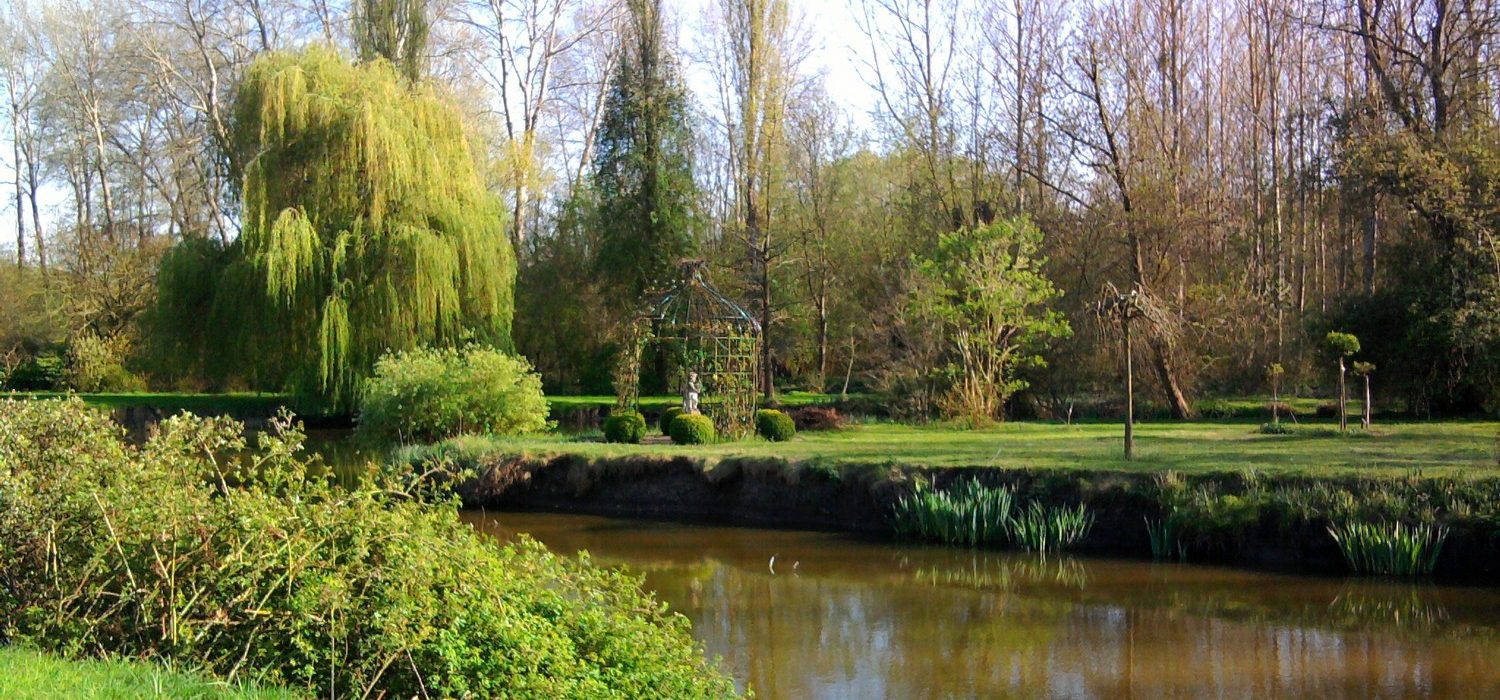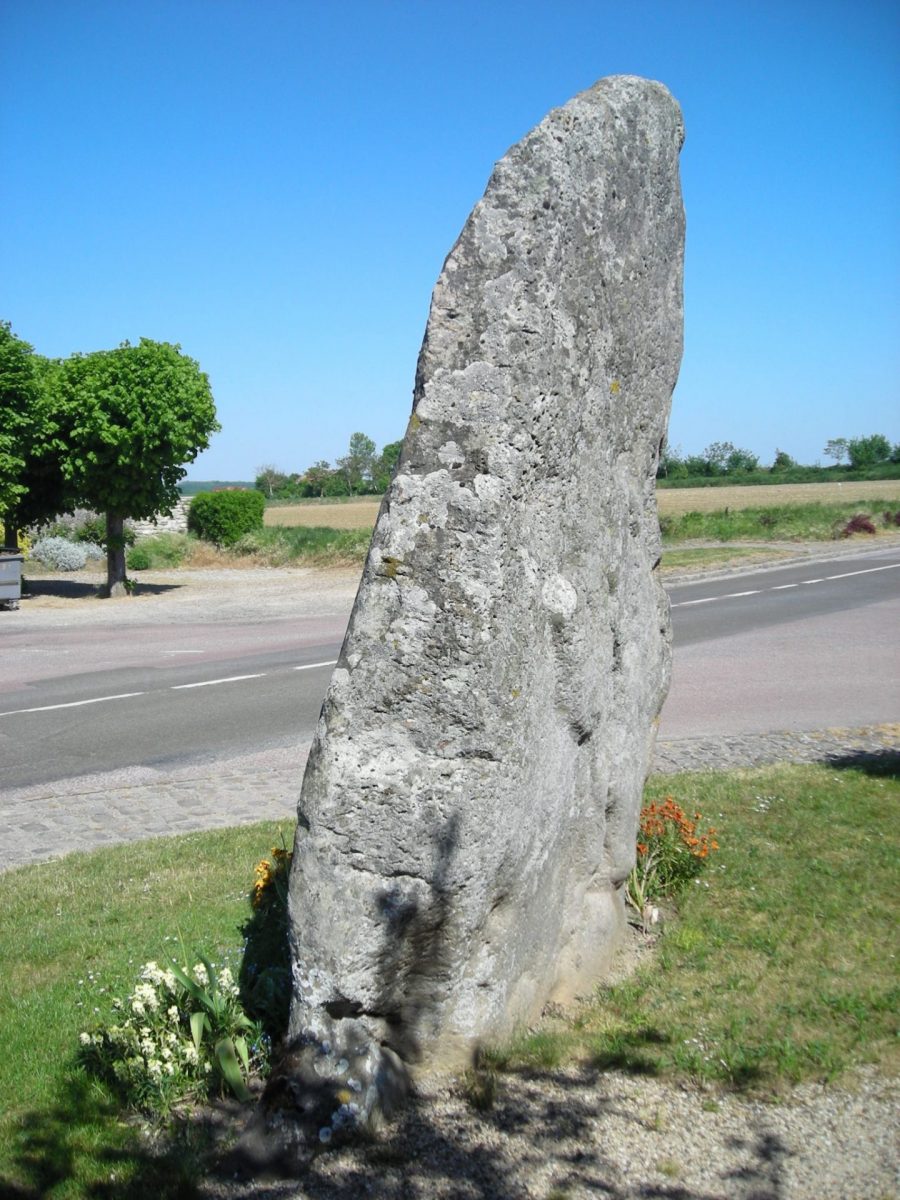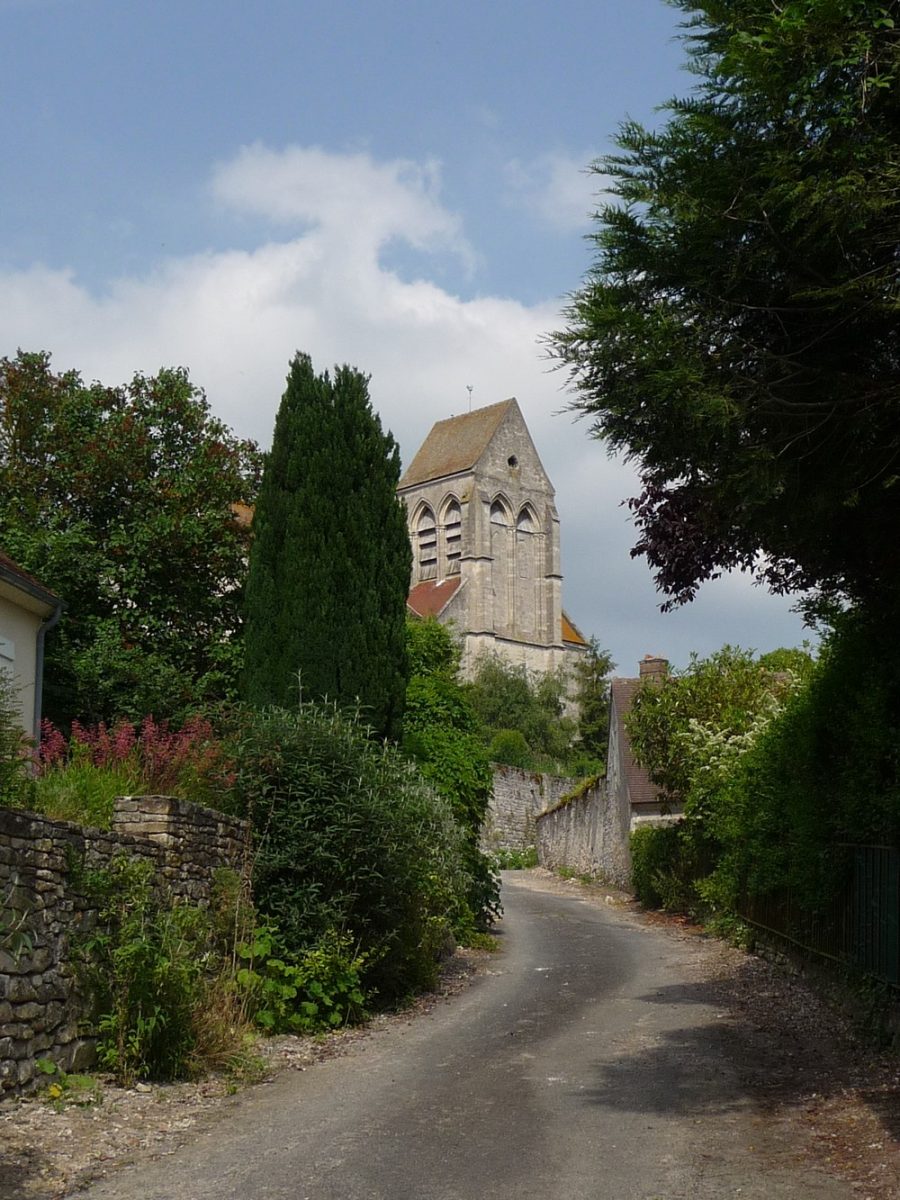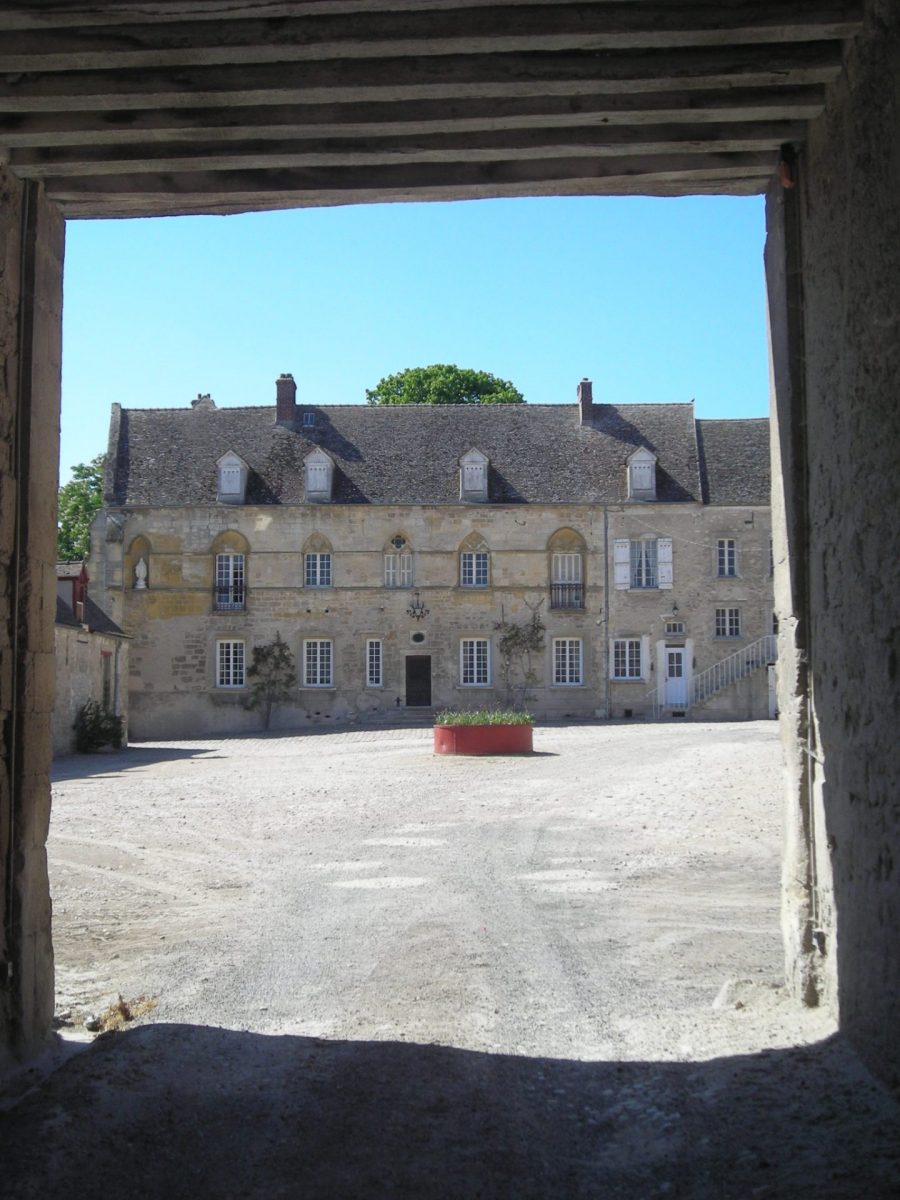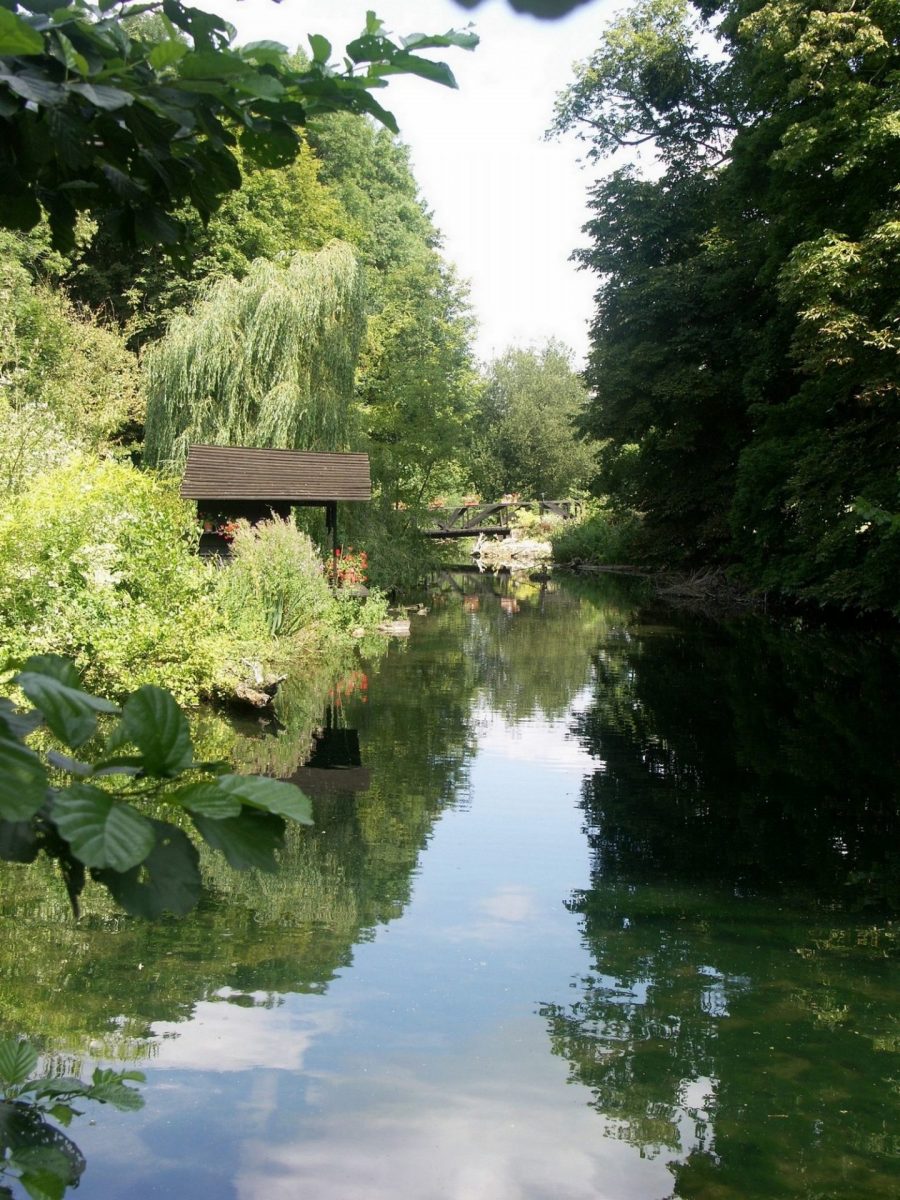It's "the Tail of Gargantua" that welcomes you to Borest!
Located on the north bank of the Nonette, this small village has indeed a megalithic standing stone called "The Tail of Gargantua" close to 3m high, at its western entrance. Main vestige attesting to the human presence in the Neolithic sector. A flat ax from the Early Bronze Age (1500 BC) has even been found and can be seen today in Museum of Art and Archeology of Senlis.
In the center of the village, admire the nice church of the twelfth century dedicated to Saint-Martin and remodeled in the 16th century. Beneath the church is a limestone quarry, owned by the Abbey of Chaalis in the 13th century, which was used to build a number of buildings in the area.
The Farm of the Sainte Geneviève Priory (private property), with its remarkable Renaissance façade, is, like all monastic farmhouses, completely closed off from the street and presents elements of fortification. Besides, she has a dungeon which retains interesting graffiti dated from the XIV-XVth century. Symbol of seigniorial power, the dovecote built at the end of the 17th century. account close to 3,000 putlog holes (nests), which makes it possible to estimate the importance of the priory and its extent at around 1,500 ha.
During your walk, don't miss the Saint-Martin fountain, the wash house, the Château de la Boissière and cross the Horn bridge above the Nonette river.
Let yourself be carried away by the romanticism of St. Vincent Park, designed under Napoleon III, with its footbridges, rose garden, vegetable garden, century-old trees and an authentic 19th century wind turbine.
Browse the village of Borest thanks to the PNR Oise Pays de France brochure. : To download HERE or can be collected free of charge at the Tourist Office.
